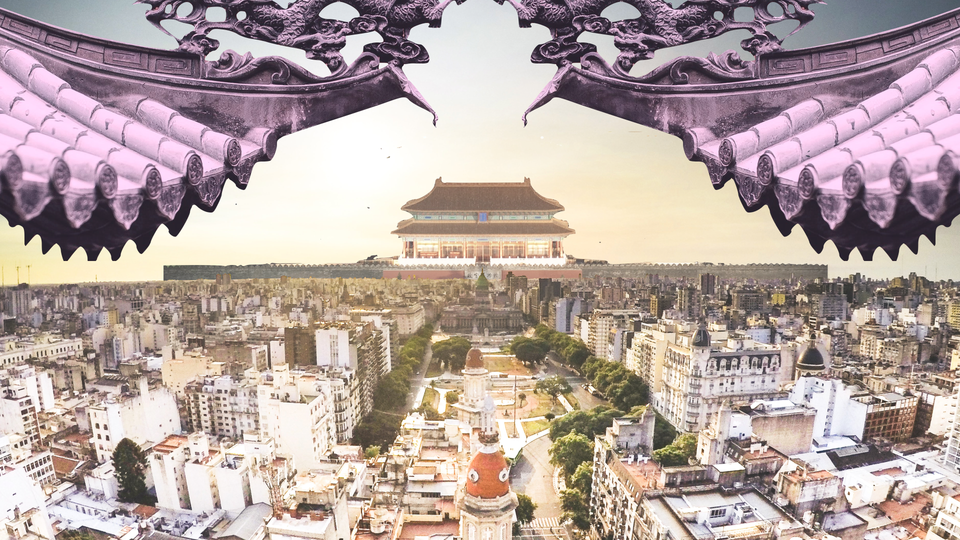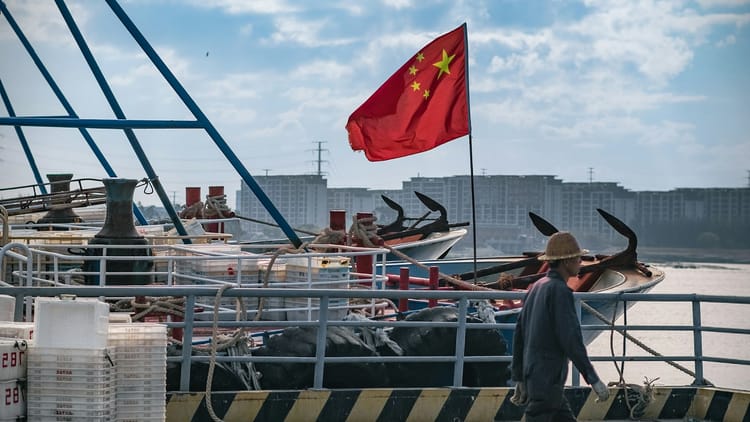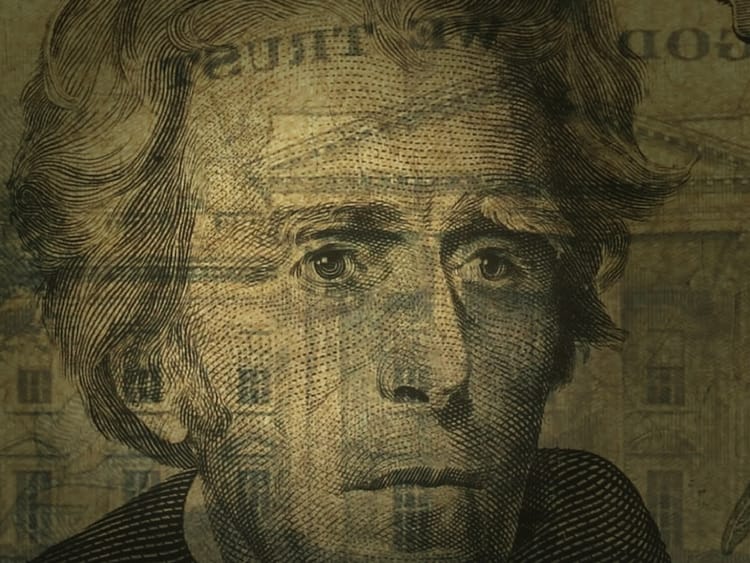The Biggest Country South of the U.S. Border

A lot of Americans’ attention when looking toward Mexico over the last few years has focused on the issue of immigration at the border; but another, even more consequential issue has been taking shape over the same horizon: Beijing has been building its economic leverage, diplomatic connections, and influence throughout Latin America. China is South America’s top trading partner, and economists predict trade between the country and the region increased in 2020 over the previous year. In Latin America and the Caribbean, China is challenging longstanding U.S. political and economic dominance. What’s happening—and what does it say about the emerging dynamics of U.S.-China competition?
Moisés Naím was Venezuela’s minister of trade and industry, the director of Venezuela’s Central Bank, and an executive director of the World Bank. Naím is now a distinguished fellow at the Carnegie Endowment for International Peace, in Washington, D.C. He’s been writing about Latin America since the 1980s and has analyzed China’s international rise in a number of books, such as 2013’s The End of Power. For Naím, the United States and China have a far different relationship than the U.S. had with the Soviet Union during the Cold War. Today’s two superpowers both compete and cooperate, as China does with different countries Latin America. Rival blocs in the region now consist of more authoritarian states and more liberal states, rather than communist states and democratic ones. The presidency of Donald Trump has cost the U.S. an enormous amount of power, Naím says, showing how quickly global power can now shift.
Michael Bluhm: What does China want in Latin America?
Moisés Naím: It was a commodities play, for several years. The central organizing principle was to use Latin American as a source of raw materials needed to sustain Chinese growth.
At the same time, China became the best client of Latin American commodities and the worst competitor for products, especially low-technology products. That was epitomized by Brazil’s exports—soybeans and citrus, and all sorts of commodities—and Mexico’s light manufacturing and assembly. Mexico discovered that China became a very important competitor to its maquilas.
Then the client and competitor model evolved and converted into one in which financial flows become very important. And China was a big buyer of Latin American debt and funded a lot of financial initiatives.
Big countries develop big appetites. China developed a hunger for influence in the region. And one of the countries in which it had the largest exposure, the largest presence, was Venezuela. That has declined, as Venezuela went into chaos. Essentially, it became an accounts-receivable management kind of approach. In the past five years or so, the central theme for China in Venezuela was to ensure they could recover the money that they were owed.
Bluhm: More recently, China has been working to engage with Latin American countries in the field of technology. Has that raised national security concerns in the United States, as in other places where China has tried to sell technology or win technology infrastructure contracts?
Naím: If I was writing a piece about China and Latin America, I would start with a vignette which is, I think, very revealing. The vignette is the Chinese ambassador in Chile. That’s a surprise. Normally, that is a gray, unknown, irrelevant diplomat. But he was at some point … he was in the newspapers, in the news, in Chile all the time. Because there was a competition for a telecommunications cable underwater that was going to connect China—Asia, actually—with Latin America via Chile. And the Chileans had to decide which company they would pick to do that.





